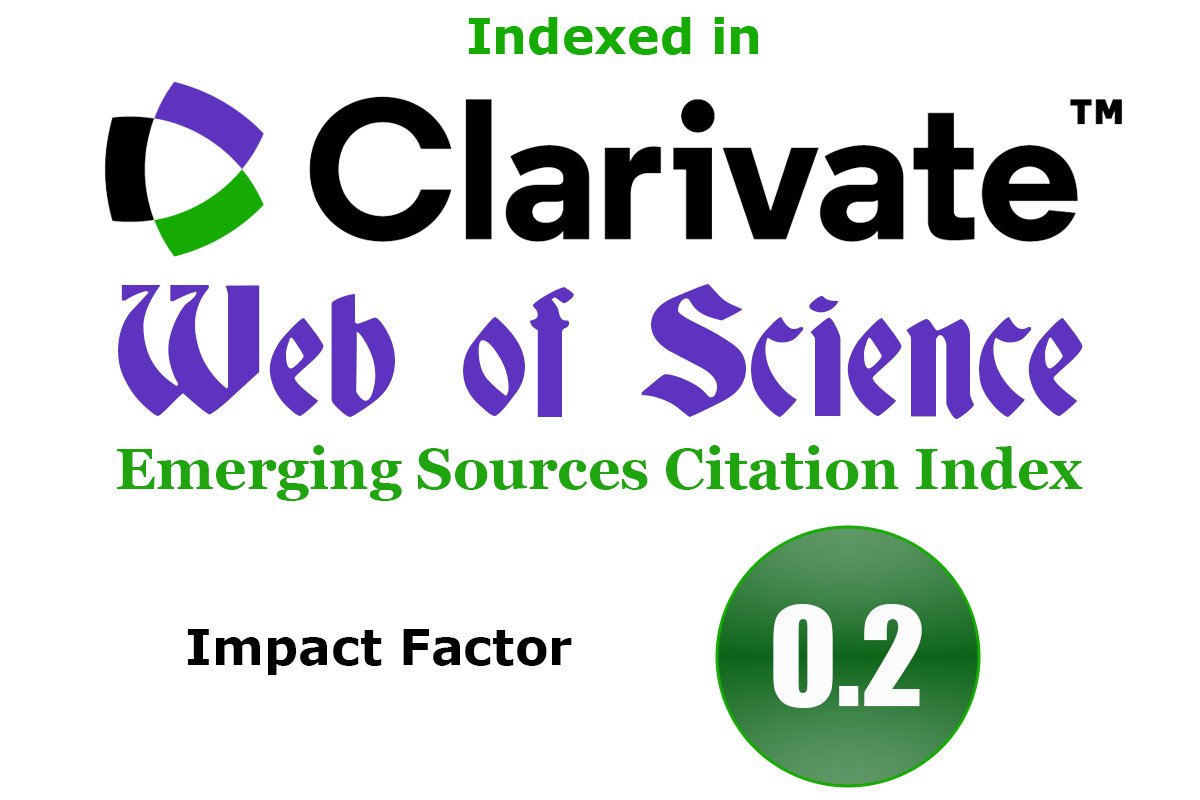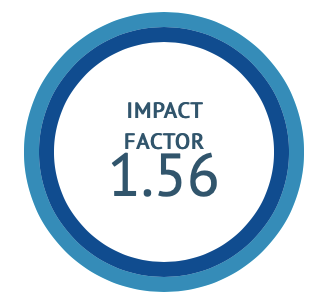In-vitro antioxidant, anticancer, wound healing activity profile on aerial parts of Phyllanthus reticulatus poir.
DOI:
https://doi.org/10.47552/ijam.v16i3.5910Keywords:
Anticancer, Antioxidant, HEK 293, MTT assay, Phyllanthus reticulatus, SiHaAbstract
Background: Antioxidants and anticancer herbs play a major role in preventing and curing current life-threatening disorders due to their cell damage repair properties. Phyllanthus reticulatus Poir. is a shrub, growing commonly in tropical areas, aerial parts (PRAP) of which are used for malignancy, wound healing, and as a rejuvenator. Materials and Methods: PRAP was collected, aqueous extract of the Phyllanthus reticulatus Poir. leaves (PRL) was screened for antioxidant (free radical scavenging activity and reducing power assay), anticancer activity (MTT assay), and wound healing activity on HEK 293 cell line as per standard protocol. Results: Both free radical scavenging activity and reducing power assay have shown positive results, compared to Vitamin C, in higher concentrations. In the MTT assay, as the concentration of test drug extract increased from lower to higher (1 to 5000 µg/mL), % viability was gradually decreased up to 5.3 %, thus showing better cytotoxic activity. This study proved the efficacy of PRL as an antioxidant, anticancer, and wound healing activity agent. Conclusion: Drugs possessing antioxidant, wound healing, and anticancer activities is the need of the hour to prevent lethal diseases like malignancy. Aqueous extract of aerial parts P. reticulatus has shown promising results in the pre-clinical model, which can be taken for further study.
Downloads
Published
How to Cite
Issue
Section
License
Copyright (c) 2025 International Journal of Ayurvedic Medicine

This work is licensed under a Creative Commons Attribution-NonCommercial-ShareAlike 4.0 International License.
The author hereby transfers, assigns, or conveys all copyright ownership to the International Journal of Ayurvedic Medicine (IJAM). By this transfer, the article becomes the property of the IJAM and may not be published elsewhere without written permission from the IJAM.
This transfer of copyright also implies transfer of rights for printed, electronic, microfilm, and facsimile publication. No royalty or other monetary compensation will be received for transferring the copyright of the article to the IJAM.
The IJAM, in turn, grants each author the right to republish the article in any book for which he or she is the author or editor, without paying royalties to the IJAM, subject to the express conditions that (a) the author notify IJAM in advance in writing of this republication and (b) a credit line attributes the original publication to IJAM.




